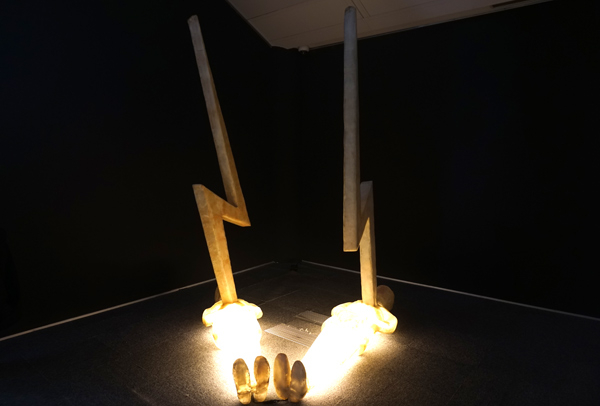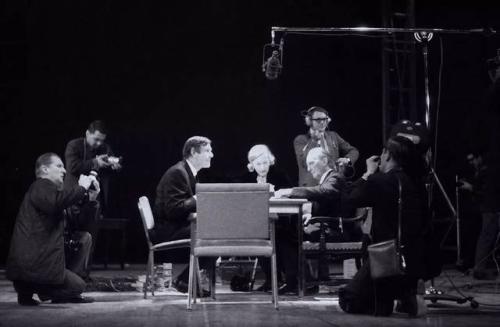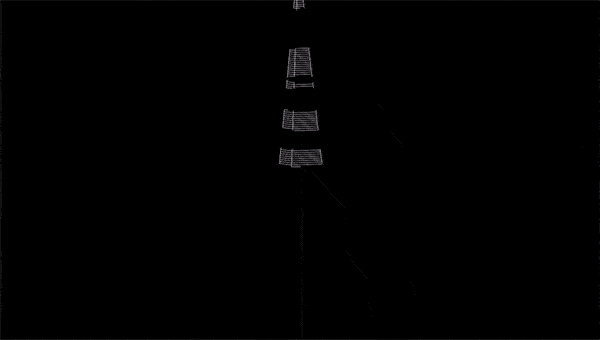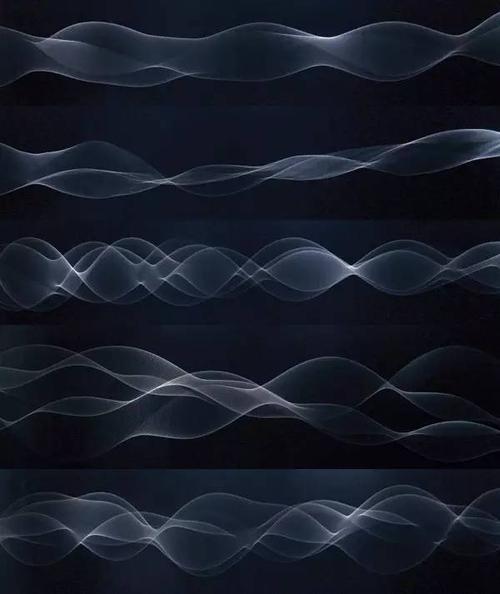
For some people, abstract art may mean non realistic painting and indescribable sculpture; however, sound, as an invisible and intangible real existence, may be the most abstract art language. Some people think that it is a pure art like poetics and philosophy to make sound into a work to convey the emotional memory that is not described. Today, sound has become a popular medium to express emotions, and sound art is also an important part of contemporary art.
According to the survey, the earliest sound art can be traced back to the futuristic period in Italy. Between 1913 and 1930, futurist artist Luigi rusolo invented and built a machine: a noise machine that replicates the noise of the industrial age and simulates the bombing effects of war scenes. These futurists saw the destruction of the old world and the birth of the new world in the prosperity of gun, automobile and industrial civilization.

In addition, artists of Dadaism and surrealism have also experimented with novel ways of using sound to make art. For example, Marcel Duchamp’s experimental work “erratum music” in 1913 has many elements of Contemporary Art: he draws three notes out of the hat by drawing lots, and then begins to compose and sing songs, gathering the participation of events and behaviors. This seemingly random and random work of behavior art finally influenced John Cage’s “4:33”: in 1952, cage came on stage and finished the music score of 4:33 – absolute silence. Four minutes and thirty-three seconds are 273 seconds in total. In the temperature measurement, negative 273 ℃ is also called “absolute zero”, which is the lowest temperature that can be reached by substances.
Who defines sound art?

In 1982, William Hellman founded the voice art foundation, the first organization to record voice art in the United States. In 1983, in the “sound / Art” exhibition held by the foundation at the sculpture center of New York City, hellerman used the word “sound art” in the exhibition manual for the first time, thus defining the sound art. This new art category began to appear on the international stage. For visual artists, a new artistic language has emerged, which opens the door to another sensory experience. In Hellman’s own words, “hearing is another form of watching.”
In the hands of contemporary artists, sound is a tool to express ideas, a recording medium and a creative material. Because sound is an invisible and touchable thing, it is something many sound artists want to do to visualize sound. The famous representative of new media art in the United States, one of Gary Hill’s early experimental works, “meditation: towards the reappearance of sound”, is the process of manifesting sound. In this video work, Hill starts to sow rice on a speaker. At the same time, he speaks through the microphone. His voice is emitted from the loudspeaker of the speaker, and the rice grains will beat with the sound wave. The high and low tones will produce different rice grains vibration, as if many intelligent small creatures are dancing under the command of the artist’s language as a whole. At the end of the video, rice grain completely buried the loudspeaker of the speaker and covered the sound.

Hill uses simple words to describe the visual process while “burying the voice” in his works. The images represented by these words appear in the audience’s mind at the same time. With this experiment, he seems to tell the audience that the sound, like the speaker in front of you and the hand of the artist, exists and can be seen.
